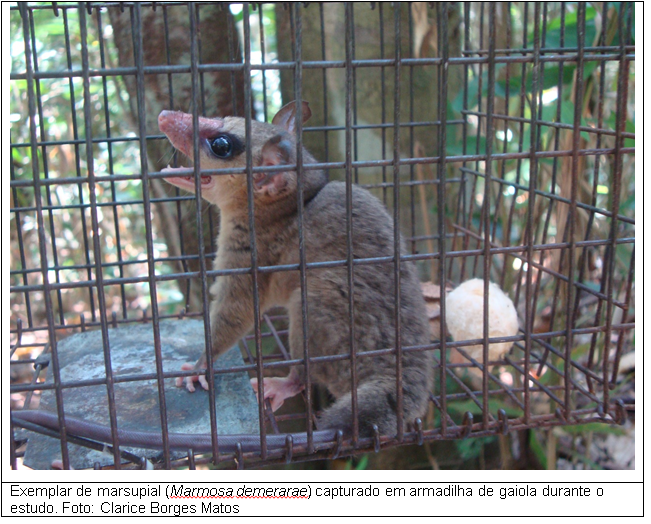Languages
INPA/CENBAM research paper published in Biological Conservation journal.
"Importance of matrix in determining small-mammal assemblages in Amazonian Forest-Savanna mosaic."
- Clarice Borges Matos, Susan Aragón, Maria Nazareth Ferreira da Silva, Marie-Josée Fortin, William E. Magnusson.
The research tested the effects of fragment size, connectivity, and matrix type on the assembly of wild non-flying small mammals, popularly known as rats and opossums or mucus. In the last few decades, many studies on fragmented landscapes have focused on the effects of habitat fragment sizes and connectivity between them. However, the matrix, which is often predominant in the landscape that surrounds the habitat fragments, is often heterogeneous, and can influence the quality of the fragments and the connectivity between them in different ways for different species.
The study was carried out in plots restructured by PPBio in the Environmental Protection Area (APA) in Alter do Chão (Santarém, Pará). This area includes a mosaic of fragments of mature Amazon forest surrounded by two types of matrix: Amazon forest in regeneration and Amazonian savannah.


